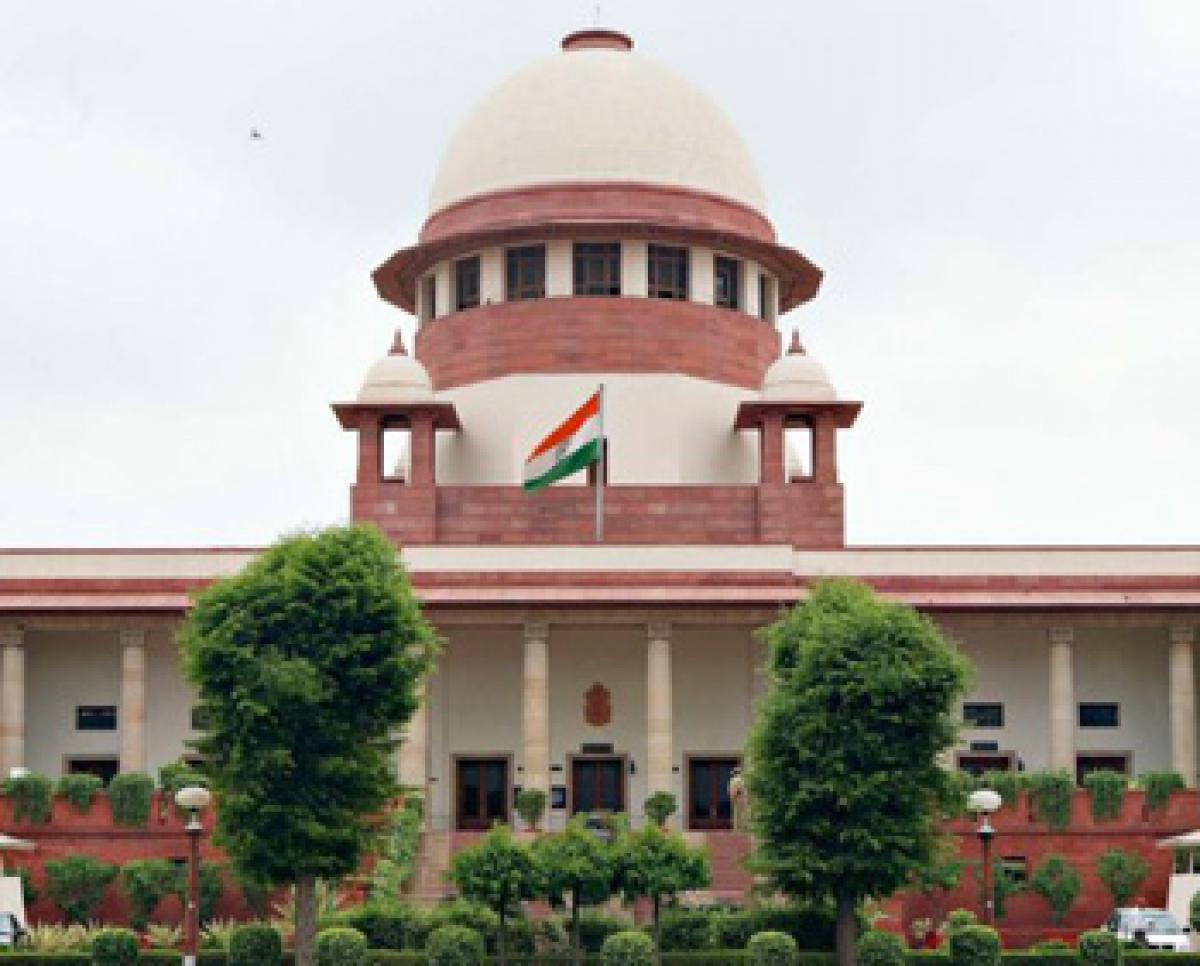What is curative petition?

The curative petition is fairly a new concept in the Indian legal system. It is the last judicial resort available for redressal of grievances in court which is normally decided by judges in-chamber. It is only in rare cases that such petitions are given an open-court hearing.
The curative petition is fairly a new concept in the Indian legal system. It is the last judicial resort available for redressal of grievances in court which is normally decided by judges in-chamber. It is only in rare cases that such petitions are given an open-court hearing.
The concept of curative petition was first evolved by the Supreme Court of India in the matter of Rupa Ashok Hurra vs. Ashok Hurra and Anr. (2002) where the question was whether an aggrieved person is entitled to any relief against the final judgement/order of the Supreme Court, after dismissal of a review petition.
The Supreme Court in the said case held that in order to prevent abuse of its process and to cure gross miscarriage of justice, it may reconsider its judgements in exercise of its inherent powers. For this purpose the Court has devised what has been termed as a "curative" petition, according to Wikipedia. No time limit is given for filing Curative petition, elaborates Wikipedia.
To entertain the curative petitions, the Supreme Court has laid down certain specific conditions: The petitioner will have to establish that there was a genuine violation of principles of natural justice and fear of the bias of the judge and judgement that adversely affected him; The petition shall state specifically that the grounds mentioned had been taken in the review petition and that it was dismissed by circulation; The petition is to be sent to the three senior most judges and judges of the bench who passed the judgement affecting the petition, if available; If the majority of the judges on the above bench agree that the matter needs hearing, then it would be sent to the same bench (as far as possible); and The court could impose “exemplary costs” to the petitioner if his plea lacks merit.
It may be noted that on Tuesday, the Supreme Court referred eight curative petitions against the Section 377 of the 1862 Indian Penal Code to a five-judge Constitution bench, as the issue involved a question of far-reaching constitutional importance.
“Whoever voluntarily has carnal inter¬course against the order of nature with any man, woman or animal, shall be punished with [imprisonment for life], or with impris¬onment of either description for a term which may extend to ten years, and shall also be liable to fine. Explanation. Penetration is sufficient to constitute the carnal intercourse necessary to the offence described in this section,” thus reads the Section 377.


















